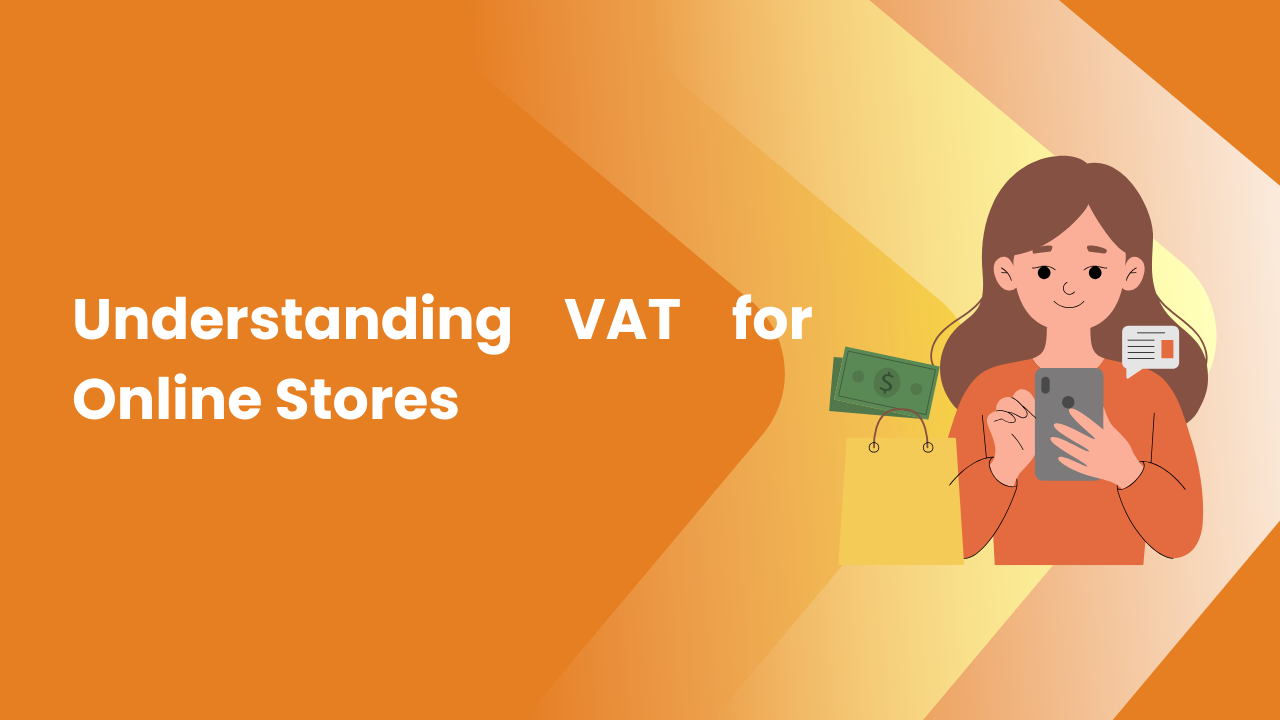Share this Article
Introduction
E-commerce is rapidly growing in Nepal, offering entrepreneurs various business models to explore. Among the most popular are Print-on-Demand (POD) and Dropshipping, both of which allow individuals to start an online business with minimal upfront investment. While both models eliminate the need for inventory storage, they function differently and have unique advantages and challenges.
For aspiring Nepali entrepreneurs, choosing between these models depends on various factors, including product type, marketing strategy, and long-term goals. This article explores the differences between POD and Dropshipping, their pros and cons in the Nepali context, and how to decide which model suits you best.
What is Print-on-Demand (POD)?
Print-on-Demand (POD) is an e-commerce model where products are custom-printed only after a customer places an order. Instead of keeping an inventory, a third-party supplier prints and ships the products directly to the buyer. This model is ideal for entrepreneurs who want to sell custom designs on items like t-shirts, mugs, phone cases, posters, and notebooks.
How POD Works:
- A customer places an order on your online store.
- The order details are sent to a POD supplier.
- The supplier prints the design on the selected product and ships it directly to the customer.
- You earn a profit based on the difference between the selling price and the supplier’s base cost.
What is Dropshipping?
Dropshipping is a retail fulfillment model where the store owner does not keep inventory. Instead, when a customer places an order, the retailer forwards it to a third-party supplier, who then ships the product directly to the buyer. Unlike POD, dropshipping involves selling pre-manufactured products from suppliers.
How Dropshipping Works:
- A customer places an order on your website.
- You purchase the product from a supplier at a lower wholesale price.
- The supplier ships the product directly to the customer.
- You earn a profit based on the markup you set.
Pros and Cons of Print-on-Demand in Nepal
Pros:
- No Inventory Management: Entrepreneurs don’t need storage space.
- Unique Products: You can create and sell custom designs specific to Nepali culture, festivals, or trends.
- Stronger Brand Identity: Customization helps in building a brand.
Cons:
- Higher Costs: Customization and printing increase product costs.
- Longer Delivery Times: Since the product is created after an order is placed, shipping can take longer, especially for international suppliers.
- Limited Product Selection: Primarily suited for apparel and accessories.
Best for: Artists, designers, and entrepreneurs looking to sell unique, customized products in Nepal.
Pros and Cons of Dropshipping in Nepal
Pros:
- Broad Product Selection: You can sell almost anything, from fashion to gadgets.
- Faster Shipping: Pre-made products ship quickly, especially if sourced from local suppliers.
- Easier to Scale: You can add trending products to your store without high upfront costs.
Cons:
- High Competition: Many sellers may offer the same products.
- Low Brand Recognition: You are selling generic products with little branding control.
- Dependence on Suppliers: Product quality and delivery times depend on third-party suppliers.
Best for: Entrepreneurs looking to test multiple products and scale quickly without the need for customization.
Which Model is Best for Nepal?
Deciding between POD and Dropshipping depends on your goals, budget, and target market. Consider the following factors:
1. Market Demand in Nepal
- If you want to cater to local trends and cultural uniqueness, POD can be an excellent choice. For instance, selling customized festival t-shirts (e.g., Dashain, Tihar) or Nepali-themed designs can attract a niche audience.
- If you prefer a wider audience and a variety of products, dropshipping may work better. You can import trending items such as fashion accessories, gadgets, and home decor.
2. Branding and Customization
- If you want to build a recognizable brand with unique products, POD is the better option.
- If branding is not your priority and you just want to sell trending products, dropshipping is the way to go.
3. Investment and Profitability
- POD has higher profit margins but requires marketing efforts to make your designs stand out.
- Dropshipping has lower margins but allows you to test and scale different products more easily.
4. Logistics and Shipping Considerations in Nepal
- POD products, especially if fulfilled internationally, may have longer shipping times, leading to potential delays.
- Dropshipping products can be sourced from local suppliers, reducing delivery time and enhancing customer satisfaction.
5. Scalability and Growth
- If you are in for the long run and want to build a brand, POD is better.
- If you want quick turnover and flexibility to test products, dropshipping is the better choice.
Conclusion: Which Model Should You Choose?
Both Print-on-Demand and Dropshipping are viable e-commerce models in Nepal, each with unique advantages and drawbacks. If you are an artist or designer passionate about selling customized products, POD is the ideal choice. On the other hand, if you want to sell a wide range of trending products without worrying about customization, then dropshipping is the way to go.
For some entrepreneurs, a hybrid approach—using both models—can be a profitable strategy. You can use POD for brand-building while also dropshipping trending products to increase revenue streams.
No matter which model you choose, success in Nepal’s e-commerce sector will depend on effective marketing, customer trust, and reliable suppliers. By leveraging Nepal’s growing digital economy and payment solutions like eSewa and Khalti, you can build a profitable online store that meets the demands of Nepali consumers.
So, are you ready to start your ecommerce journey? Choose the model that best aligns with your business vision and start selling today!
Categories:
Beginner’s Guides
Tags:
PrintOnDemandNepal







